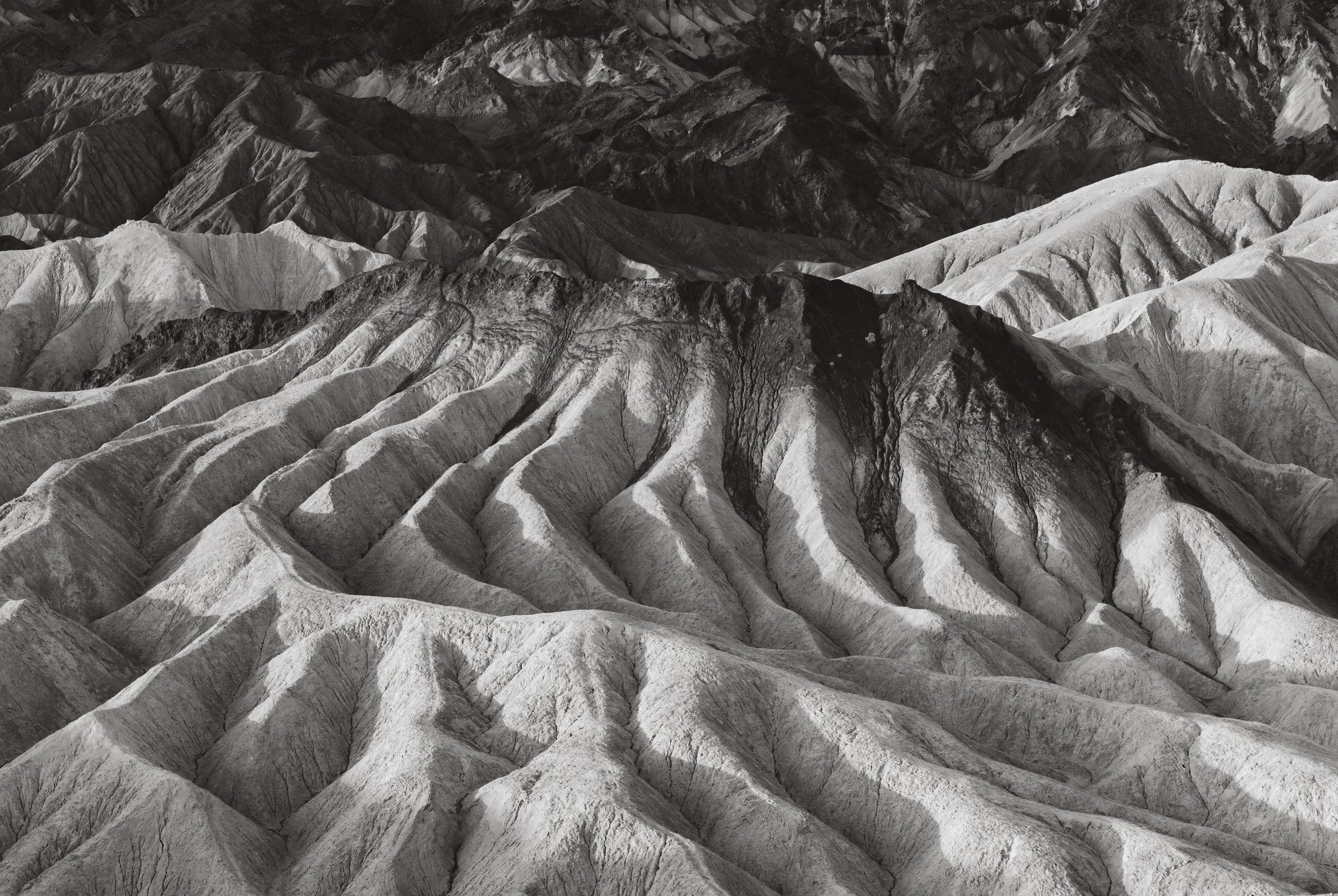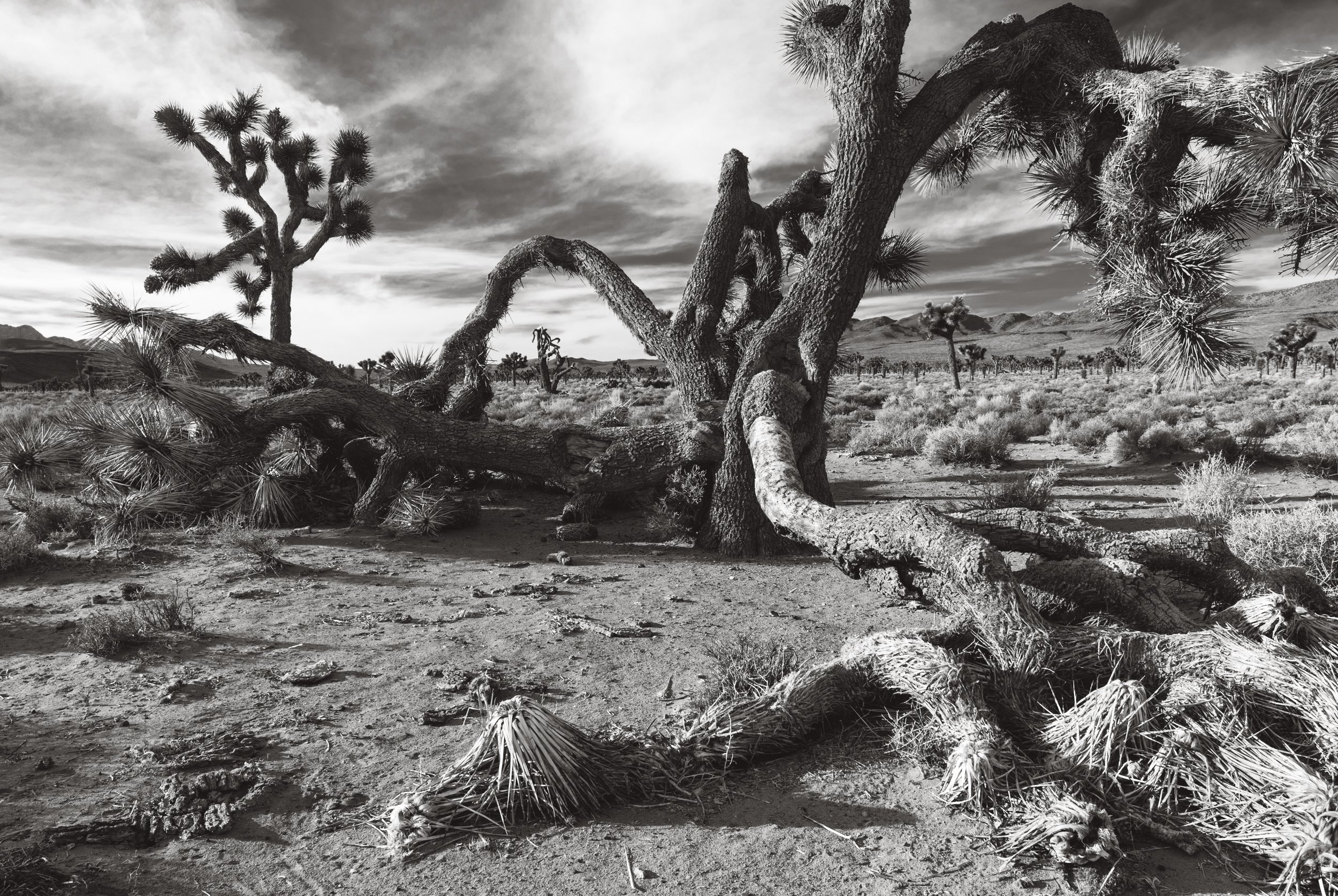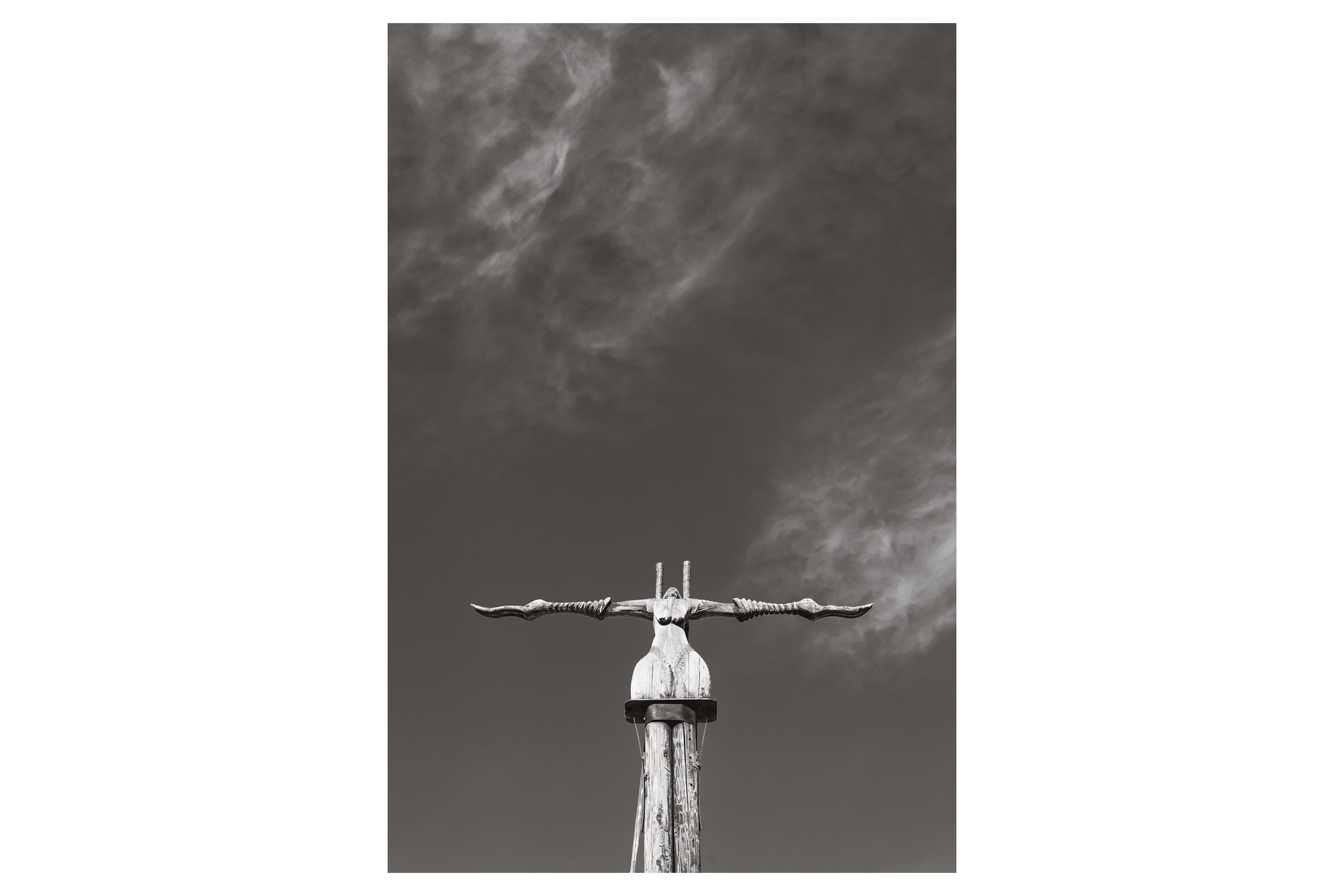Death Valley National Park | California, USA
Death Valley National Park's geology is shaped by millions of years of tectonic activity, erosion, and extreme conditions. The valley was formed by faulting and subsidence along the Death Valley Fault, creating the lowest point in North America at Badwater Basin and features ancient rocks, some over 1.7 billion years old, volcanic formations like the Ubehebe Crater lava flows, and salt flats from evaporated ancient lakes. These geological features offer a glimpse into Earth’s dynamic history.
I’ve visited the park three times, in 2006, 2008, and 2024, experiencing different seasons and times of day. The landscape shifts with the light, with hues of yellow, orange, red, and brown changing from warm glow at sunrise and sunset to stark white contrasts at midday.
This collection of photographs captures the accessible sites over the each of the years I had visited. In this series I chose black and white with a warm duotone to emphasize mood, contrast, and texture, stripping away the distraction of color to focus on the interplay of light and shadow. I’ve also included photographs of Rhyolite Ghost Town, a well-preserved ghost town located in the Nevada desert, near Death Valley. It was founded in 1904 during a gold rush and quickly grew into a bustling mining town with hotels, stores, and even electric lights. However, the town's prosperity was short-lived, and by 1911, the gold mines had played out, causing the population to rapidly decline. Today, Rhyolite stands as a fascinating ruin, with remnants like the iconic stone bank building and a series of old mining structures, offering a glimpse into the past of the American West.














































